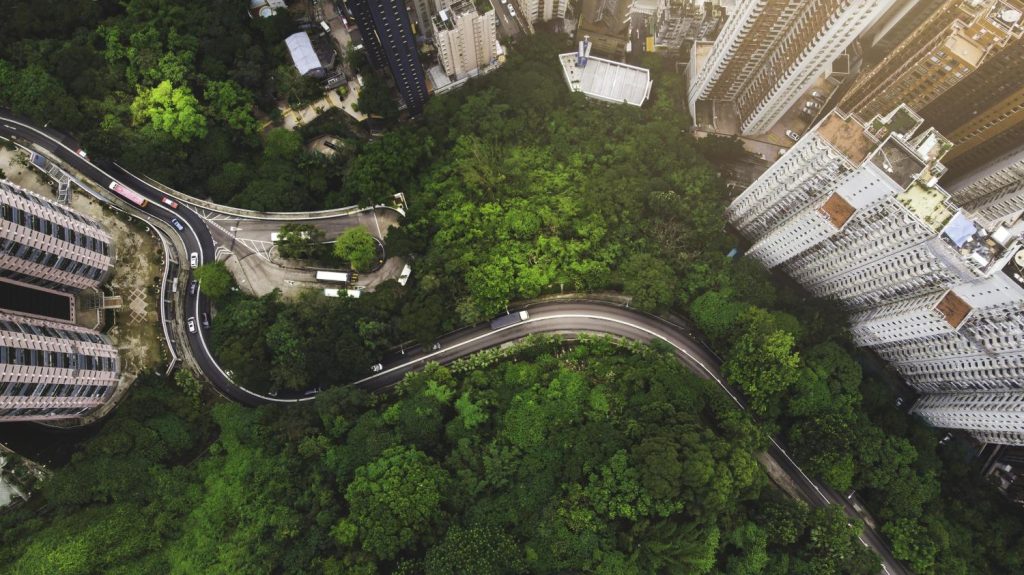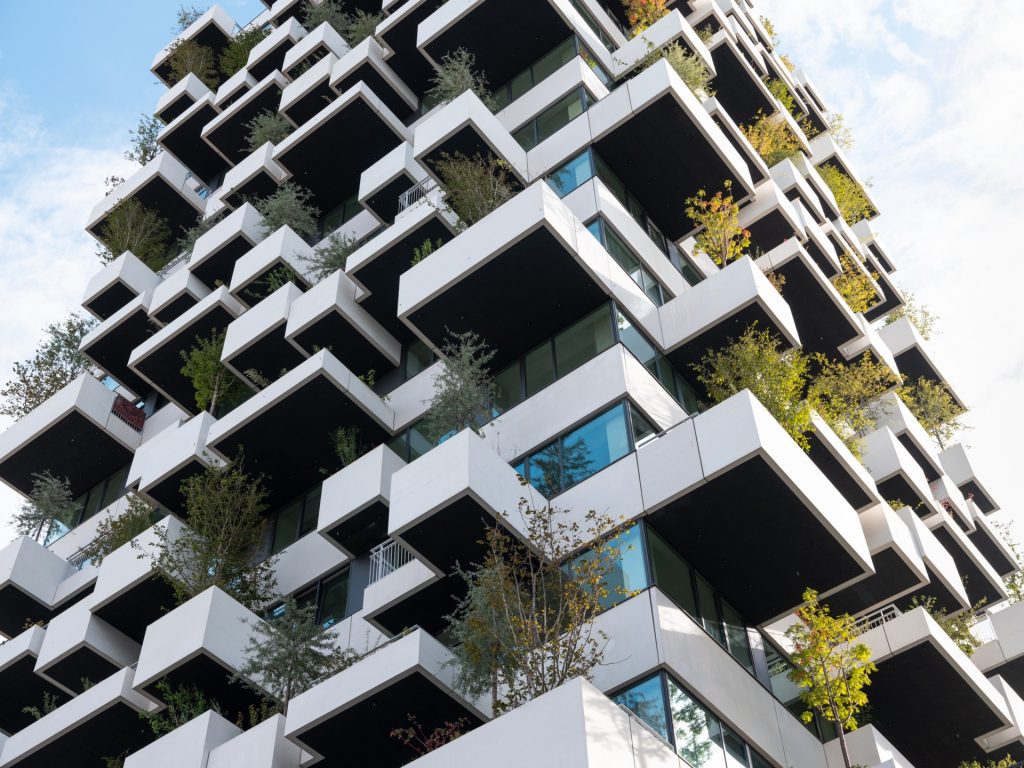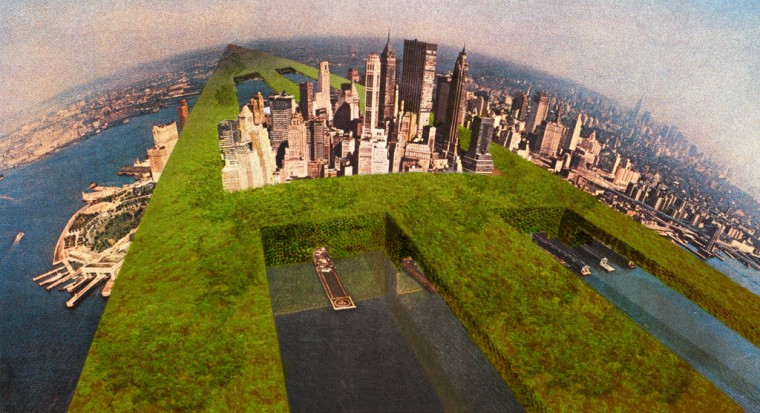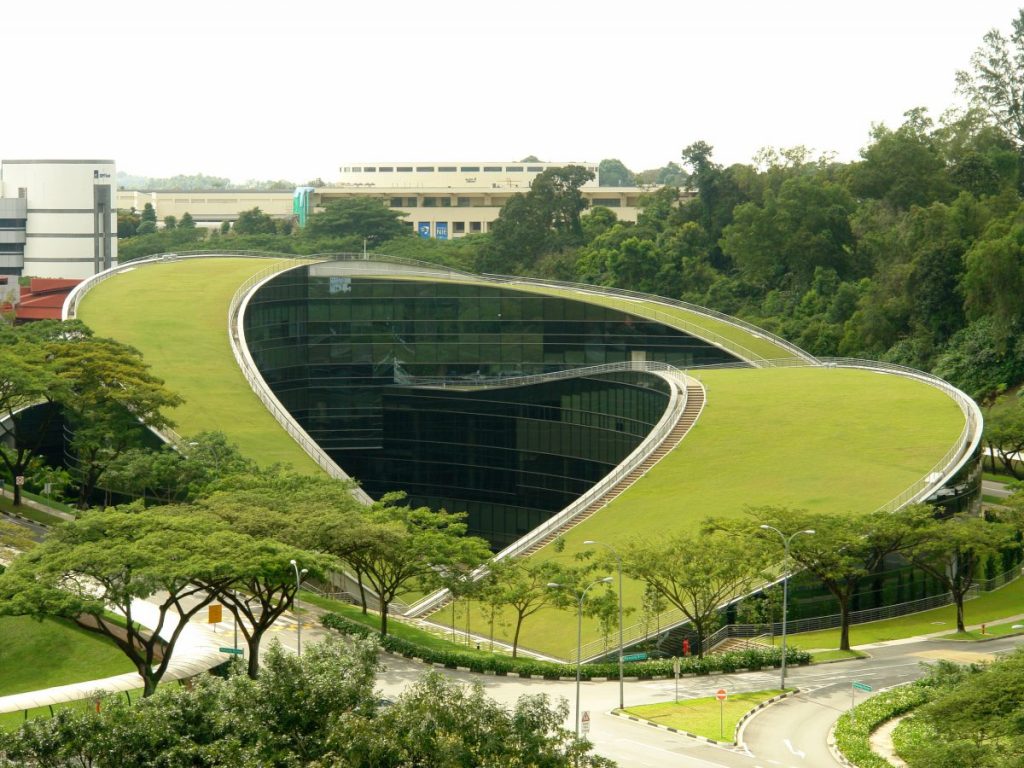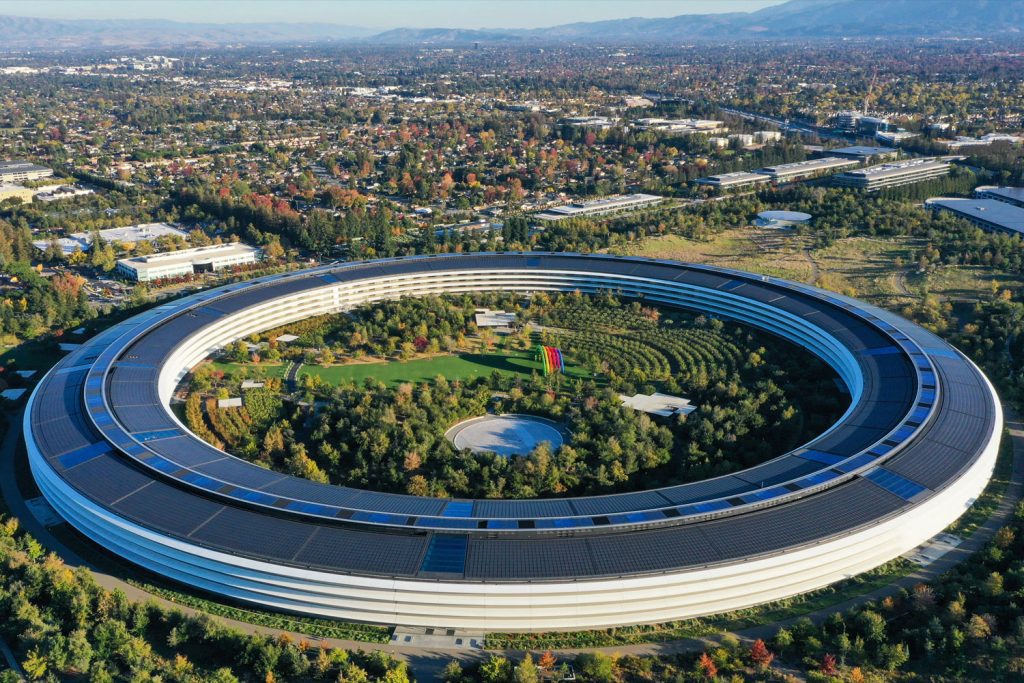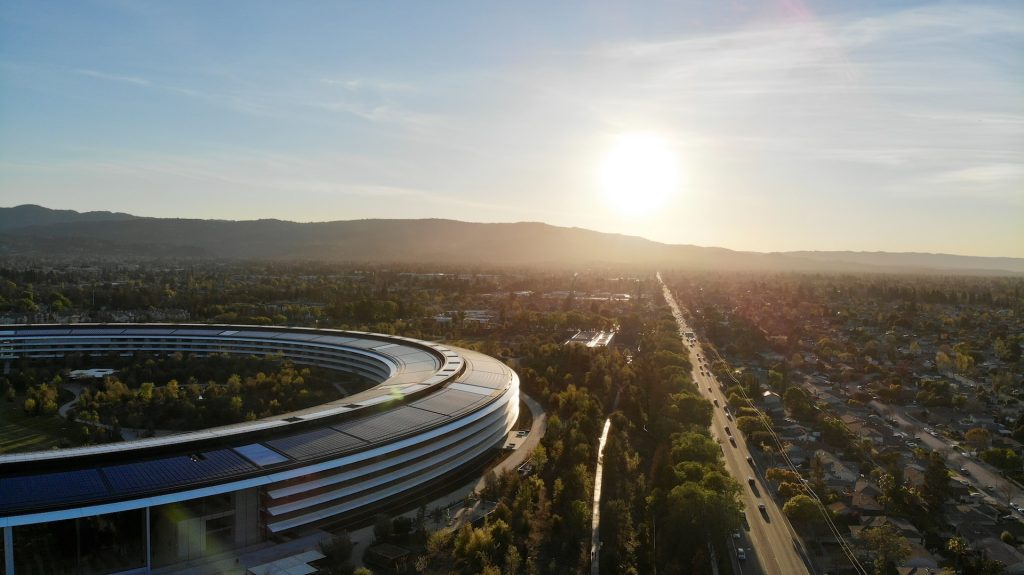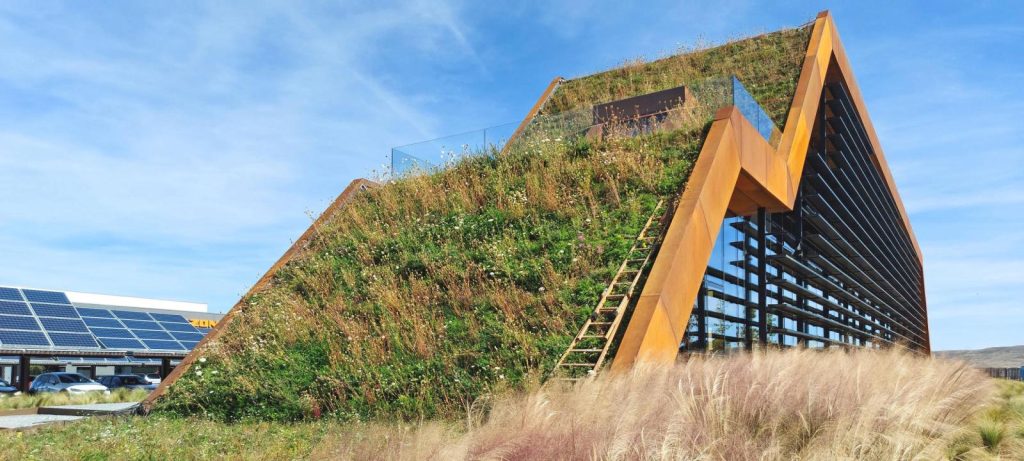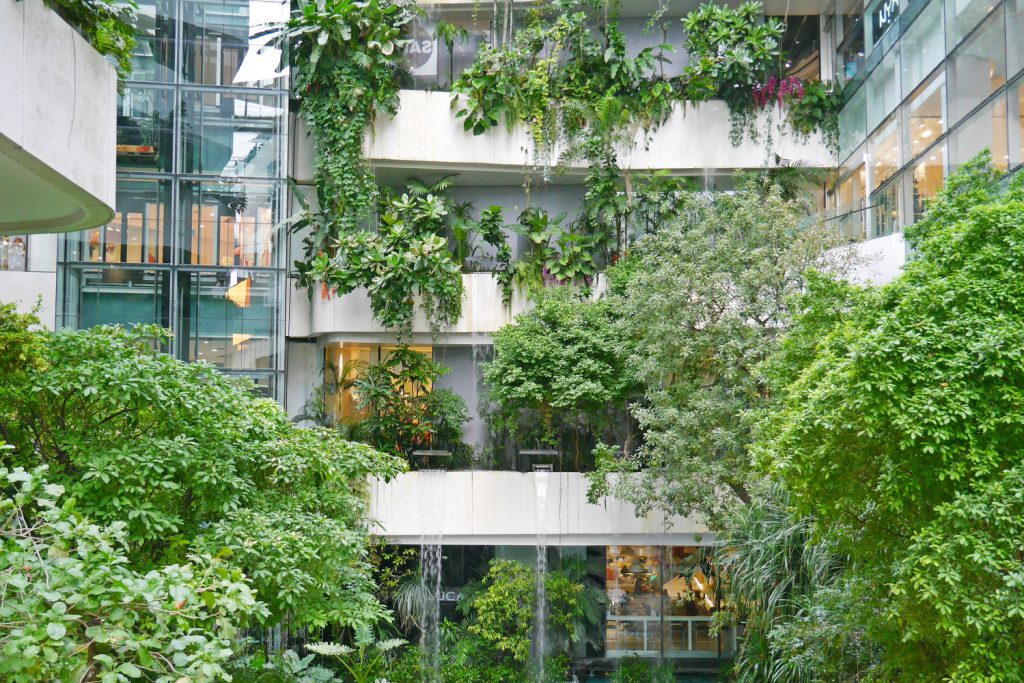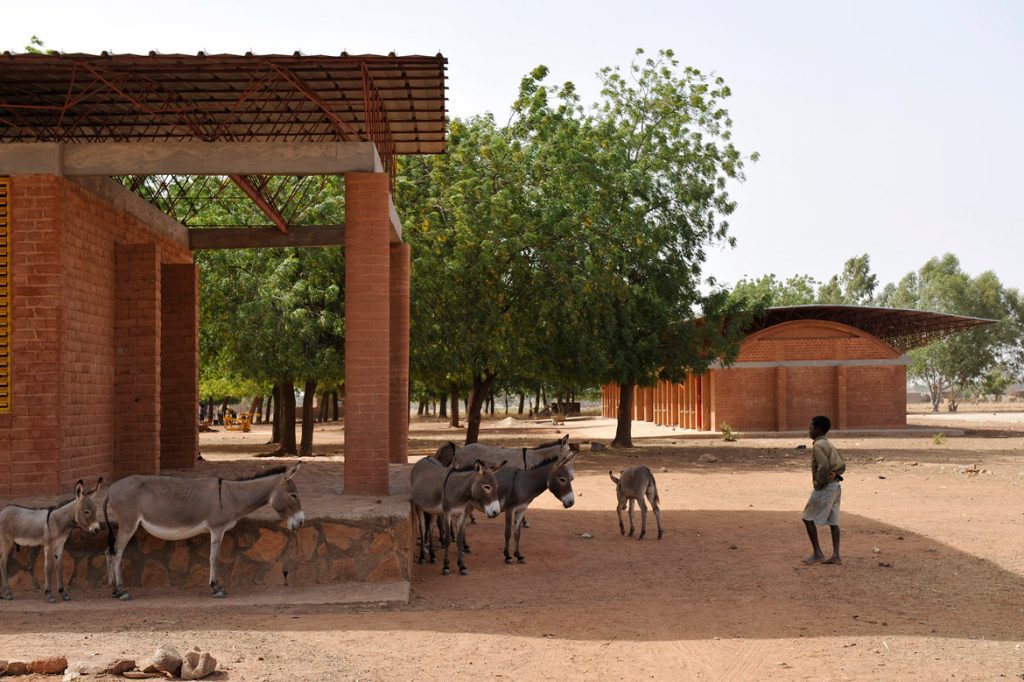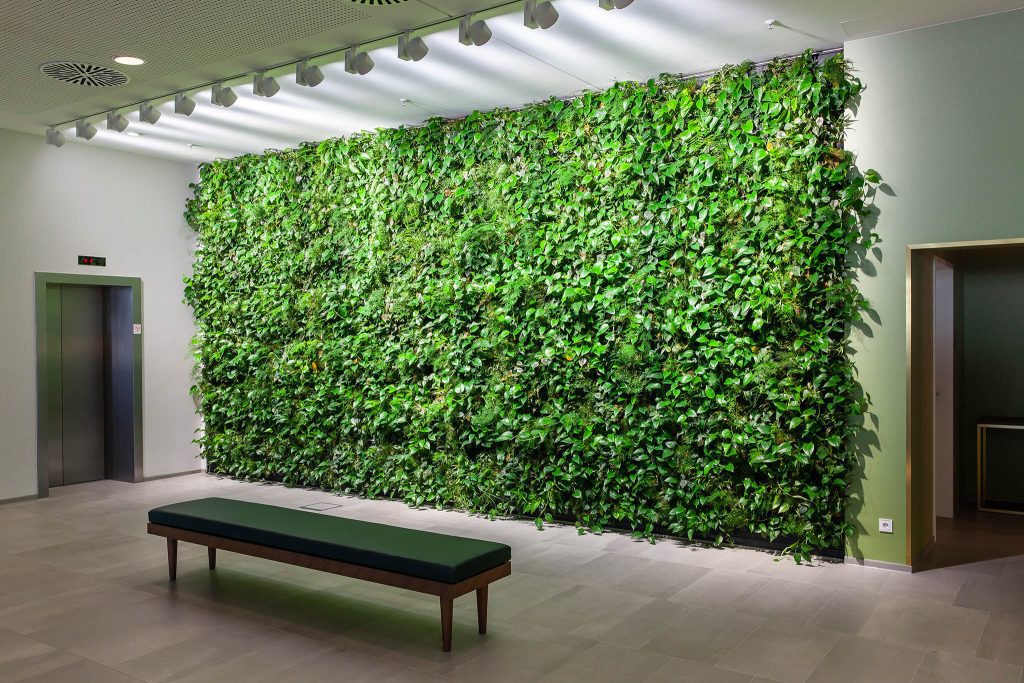Are we buying greenwashing in the name of sustainable architecture?
Sustainability is the most trending buzzword in the AEC industry.
And, why shouldn’t it be? Having an environment-conscious approach to building design and construction is essential for the survival of mankind. Therefore, using eco-friendly products, natural resources, and locally available materials has become prominent in contemporary architecture. Leading global organizations and sustainability councils such as the U.N. and LEED have published guidelines for promoting sustainable architectural practices across the globe.
However, the authenticity of this “green awakening” is often considered questionable. A recent report by the U.K. Climate Committee justifies this notion, highlighting the significant inaction in the construction industry in addressing global warming. Another Knight Frank report states that 60% of the global real estate leaders affirmed that” their wider business only partially recognizes the role that real estate plays in sustainability targets.”
Sustainability v/s Greenwashing
Sustainable architecture is a holistic practice that considers environmental, economic, and socio-cultural aspects in everything from building design to construction and maintenance. In essence, it reduces the negative environmental impact of all activities under the AEC umbrella. Sustainability improves functional efficiency through the conscious use of materials, energy, and other natural resources. This approach to architecture benefits the ecosystem by adopting cleaner, greener, and healthier practices.
Greenwashing or pseudo-sustainability is a term used to refer to buildings that are superficially packaged with sustainable design elements. Typically, these elements are the bare minimum sustainable strategies that help the real estate players to promote their work under the pretext of environmental consciousness. Therefore, greenwashing is a term that represents half-hearted sustainability by misinterpreting its fundamental idea. In simpler words, greenwashing is an “all talk, no show” approach to sustainable architecture.
Why greenwashing happens?
Greenwashing in architecture is all for show and little else. This implies that all things visibly green are considered sustainable irrespective of their relevance with the actual sustainability principles. Some of the most famous examples of greenwashing are having green landscaped rooftops and installing windmills and solar panels on-site without much regard for the geographical context. With these visibly sustainable elements, it is easier for builders and developers to sell projects to prospective buyers. Thanks to the growing awareness of climate change, sustainability has become desirable. Hence, people want to invest in real estate that is sustainable, modern, and luxurious. This helps attract more investment to the business and grow profit margins.
Further, most of the “green features” incorporated in modern buildings are picked out of a checklist for sustainability offered by green building organizations such as LEED, USGBC, and GRIHA. Adopting selective practices from sustainability guidelines creates a “green facade” that solely helps bag green ratings and certification, thereby ignoring the central purpose of sustainability. As a result, constructing greenwashed buildings has become more of a rat race than a genuine attempt at holistic living.
What is wrong with greenwashing?
Green-packaged buildings are helping none. Although there are temporary gains for the real estate developer and other stakeholders, greenwashing is not beneficial in the long run. Instead, it is harmful to the ecosystem.
For instance, if a green-roof and solar panel-topped high-rise building is constructed in a growing metropolis, its sustainable features are promoted with much pomp and show. However, the fact that the building is made by clearing a biodiversity-rich land is kept under wraps. Such hypocrisy of the system is impacting the microclimate of many urban areas.
Considering the example of the new Apple Park in the U.S., designed by architect Norman Foster, one can distinguish greenwashing from sustainability. Both Foster and Apple have gone the extra mile to promote the project’s sustainable features. The site beautifully accommodates drought-resistant trees and solar panels while running completely on renewable energy. However, this building will contribute to the growth of San Francisco’s suburban sprawl, eventually disrupting the city’s transportation system.
Half-hearted attempts at sustainability are only leading to half-hearted results. Greenwashing is only slowing the process of environmental degeneration, which is bound to happen if we continue to keep at it. However, sustainability can help reverse environmental damage through the mindful use of resources available at our disposal.
How to avoid greenwashing in architecture?
Embrace sustainability and let go of the “green” makeup.
Architects and urban planners must ask themselves, “Are we looking at the bigger picture?”
While greenwashing is tempting, sustainability can help address climate change issues. Building and constructing projects can be more meaningful by developing a holistic view and looking at the bigger picture. Most sustainability practices are undertaken during construction or post-completion as an ad-hoc for fulfilling sustainability criteria. That is why they cannot grow beyond greenwashing. But, to do this right, sustainability must be considered at the beginning of design.
An architect must consider passive design strategies based on geography, site topography, local climate, trees, availability of construction materials, wind directions, solar energy catchment capacity, and the socio-cultural landscape of the site. Further, adopting local construction techniques, renewable energy, and material and labor procurement can help make the project sustainable at the stage of construction. Being more conscious about waste generation, material handling, and building maintenance can help keep the building sustainable when functional. Such an all-inclusive approach to sustainability will help make a project environmentally viable.
The 2022 Pritzker Prize winner Diebedo Francis Kere presents a shining example of a healthy, sustainable architectural practice. His work is noteworthy because it celebrates vernacular techniques, the environment, local materials, and the community. His work combines ethical commitment, aesthetics, and environmental efficiency to provide good spatial quality.
In Conclusion
Adopting sustainability should not be a choice; it is a necessity. Architects, urban planners, and real estate developers must stop glorifying sustainability as a new feather in their caps. It is, instead a fundamental pursuit of architecture that should not be used as a selling point. It is the need of the hour that sustainability is incorporated in a more deep-rooted sense to benefit the built and unbuilt environment and its users as a whole.
Source: https://parametric-architecture.com

